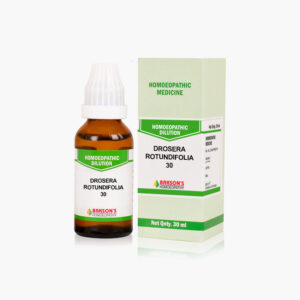What is Chronic Obstructive Pulmonary Disease?
Chronic obstructive pulmonary disease (COPD) is a chronic inflammatory lung disease that causes obstructed airflow from the lungs. It is associated with structural lung changes due to chronic inflammation from long-term exposure to irritating gases or particulate matter, most often from cigarette smoke. Chronic inflammation causes airway narrowing and decreased lung recoil. Symptoms include breathing difficulty, cough, mucus (sputum) production and wheezing.
COPD affects mainly smokers and those greater than age 40. Prevalence increases with age and it is currently the third most common cause of morbidity and mortality worldwide.
Emphysema and chronic bronchitis are the two most common conditions that contribute to COPD and usually occur together and can vary in severity among individuals with COPD.
- Chronic bronchitis is inflammation of the lining of the bronchial tubes, characterized by daily cough and mucus (sputum) production.
- Emphysema is a condition in which the alveoli are destroyed as a result of damaging exposure to cigarette smoke and other irritating gases and particulate matter.
In about 1% of people with COPD, the disease results from a genetic disorder that causes low levels of a protein called alpha-1-antitrypsin (AAt). AAt is made in the liver and secreted into the bloodstream to help protect the lungs. Alpha-1-antitrypsin deficiency can cause liver disease, lung disease or both.
Causes
COPD is caused by prolonged exposure to harmful particles or gases. Cigarette smoking is the most common cause of COPD worldwide. Other causes may include second-hand smoke, environmental and occupational exposures, and alpha-1 antitrypsin deficiency (AATD).
Signs and Symptoms
COPD usually presents in adulthood and during the winter months. Symptoms include chronic and progressive dyspnea, cough, and sputum production. Wheezing and chest tightness may also be present. Acute exacerbations of COPD usually present with increased dyspnea, productive cough, and wheezing.
Patients with COPD may have multiple physical findings as follows:
- Respiratory distress in acute exacerbations
- Muscle wasting
- Accessory respiratory muscle use
- Prolonged expiration
- Wheezing
- Pursed-lip breathing
- Increased anterior-posterior chest wall diameter (barrel chest)
- Central cyanosis when arterial oxygenation is low
- Digital clubbing
- Lower extremity oedema in right heart failure
Diagnosis
The diagnosis is based on clinical signs and symptoms and presence of relevant risk factors, and is confirmed by spirometry. Other tests may include a 6-minute walk test, laboratory testing, and radiographic imaging.
Management
The treatment aims to control symptoms, improve the quality of life, and reduce exacerbations and mortality. The non-pharmacological approach includes smoking cessation and pulmonary rehabilitation. Pulmonary rehabilitation is indicated in all stages of COPD. It is a comprehensive plan that is tailored to patients and may involve therapies such as exercise training, education, and behavioral changes.
To prevent or to slow the progression of COPD, patients should be educated on the following:
- Smoking cessation
- Avoid passive smoke exposure
- Reduce exposure to other harmful agents
- Detection of worsening symptoms
- Pulmonary rehabilitation
Warning: Above information provided is an overview of the disease, we strongly recommend a doctor’s consultation to prevent further advancement of disease and/or development of complications.
Disclaimer: The information provided herein on request, is not to be taken as a replacement for medical advice or diagnosis or treatment of any medical condition. DO NOT SELF MEDICATE. PLEASE CONSULT YOUR PHYSICIAN FOR PROPER DIAGNOSIS AND PRESCRIPTION.



 Login
Login









